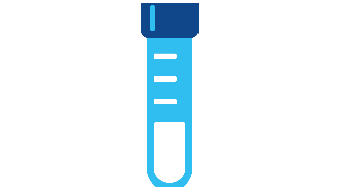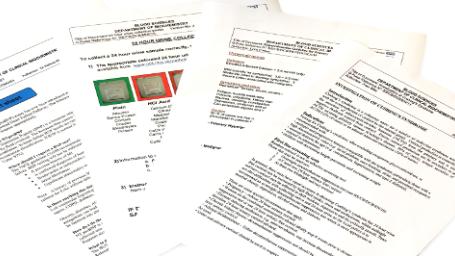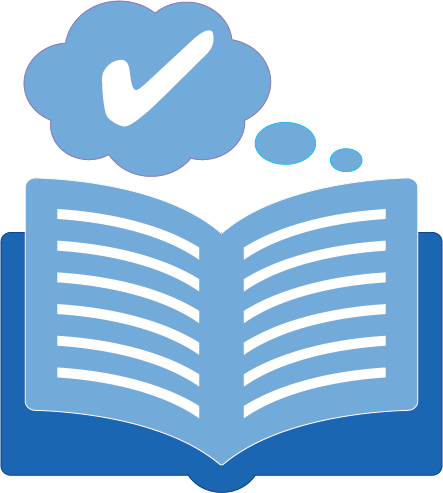Trust Board Meetings 2023/2024
Members of the public and staff are able to attend our Trust Board meetings in public. If you would like to attend, please let us know by emailing trust.secretary@nbt.nhs.uk and we can provide details of the location, and print papers if required. If you wish, you can ask a question to the Trust Board.
The Trust Board meets in public at 10am.
- Thursday 25 May 2023
- Thursday 27 July 2023
- Thursday 28 September 2023
- Thursday 30 November 2023
- Thursday 25 January 2024
- Thursday 28 March 2024
Download Integrated Performance Reports (IPR):
Download Meeting Papers:








